Sumit Bhattacharya
Transformer Assisted Convolutional Network for Cell Instance Segmentation
Oct 05, 2021
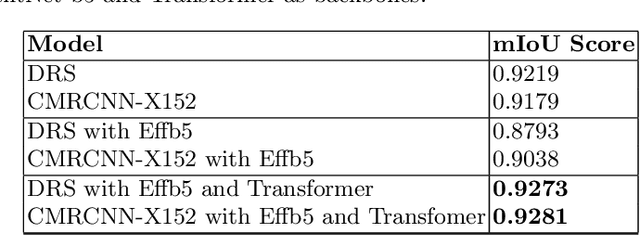
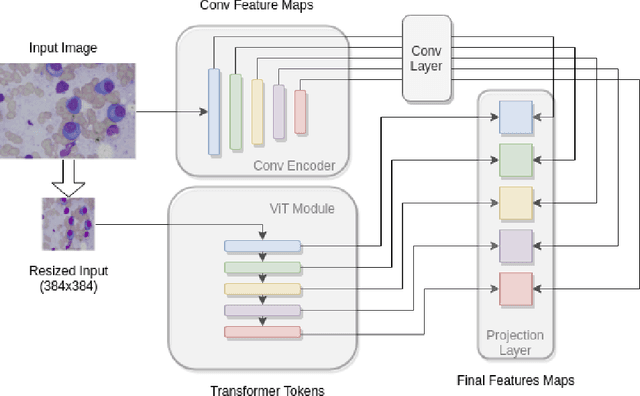
Abstract:Region proposal based methods like R-CNN and Faster R-CNN models have proven to be extremely successful in object detection and segmentation tasks. Recently, Transformers have also gained popularity in the domain of Computer Vision, and are being utilised to improve the performance of conventional models. In this paper, we present a relatively new transformer based approach to enhance the performance of the conventional convolutional feature extractor in the existing region proposal based methods. Our approach merges the convolutional feature maps with transformer-based token embeddings by applying a projection operation similar to self-attention in transformers. The results of our experiments show that transformer assisted feature extractor achieves a significant improvement in mIoU (mean Intersection over Union) scores compared to vanilla convolutional backbone.
Improving Solar Cell Metallization Designs using Convolutional Neural Networks
Apr 08, 2021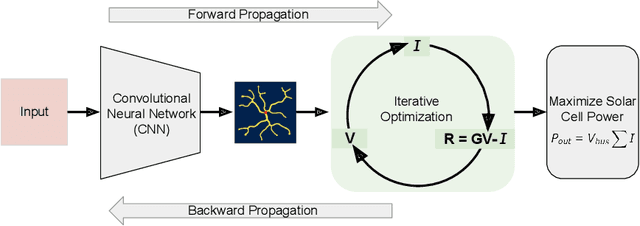
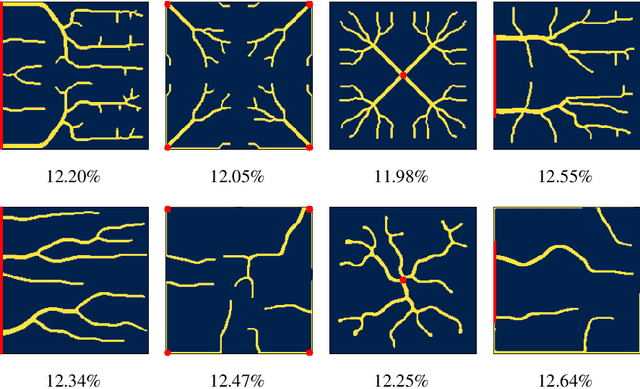
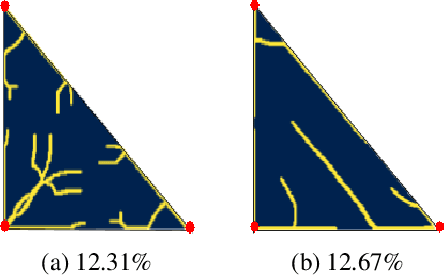
Abstract:Optimizing the design of solar cell metallizations is one of the ways to improve the performance of solar cells. Recently, it has been shown that Topology Optimization (TO) can be used to design complex metallization patterns for solar cells that lead to improved performance. TO generates unconventional design patterns that cannot be obtained with the traditional shape optimization methods. In this paper, we show that this design process can be improved further using a deep learning inspired strategy. We present SolarNet, a CNN-based reparameterization scheme that can be used to obtain improved metallization designs. SolarNet modifies the optimization domain such that rather than optimizing the electrode material distribution directly, the weights of a CNN model are optimized. The design generated by CNN is then evaluated using the physics equations, which in turn generates gradients for backpropagation. SolarNet is trained end-to-end involving backpropagation through the solar cell model as well as the CNN pipeline. Through application on solar cells of different shapes as well as different busbar geometries, we demonstrate that SolarNet improves the performance of solar cells compared to the traditional TO approach.
 Add to Chrome
Add to Chrome Add to Firefox
Add to Firefox Add to Edge
Add to Edge